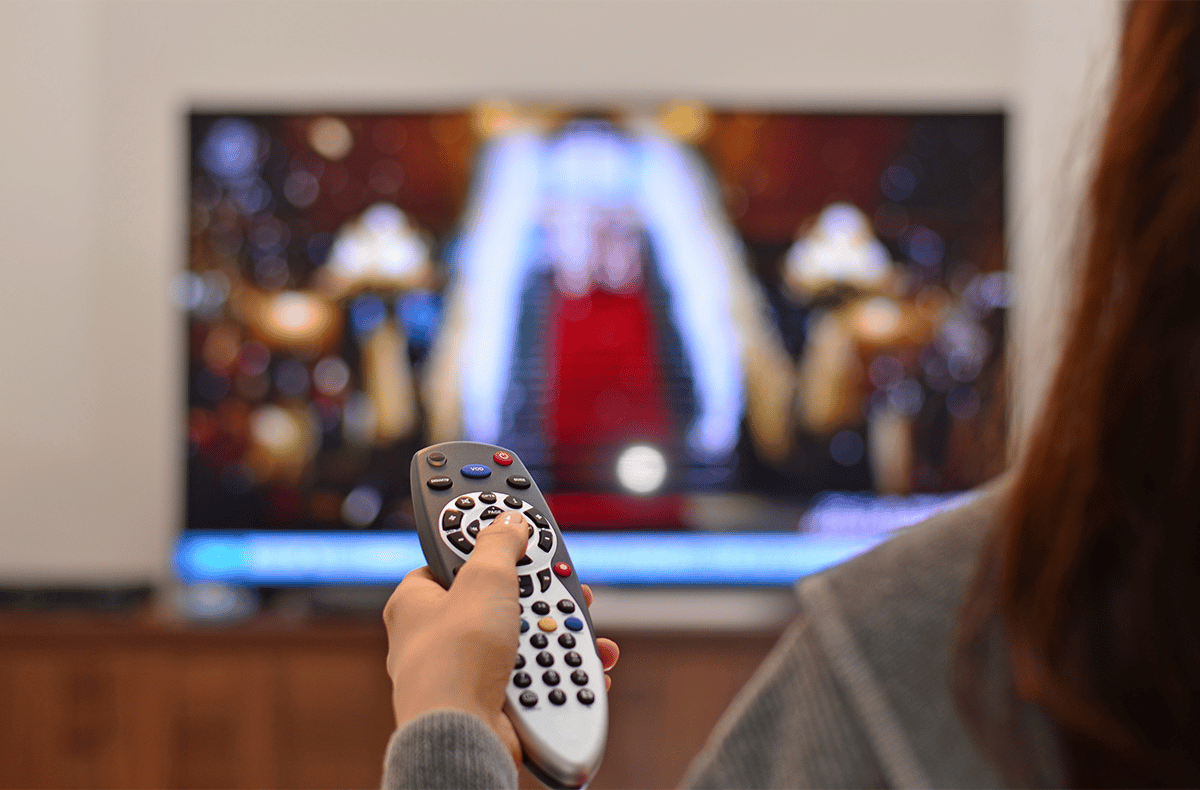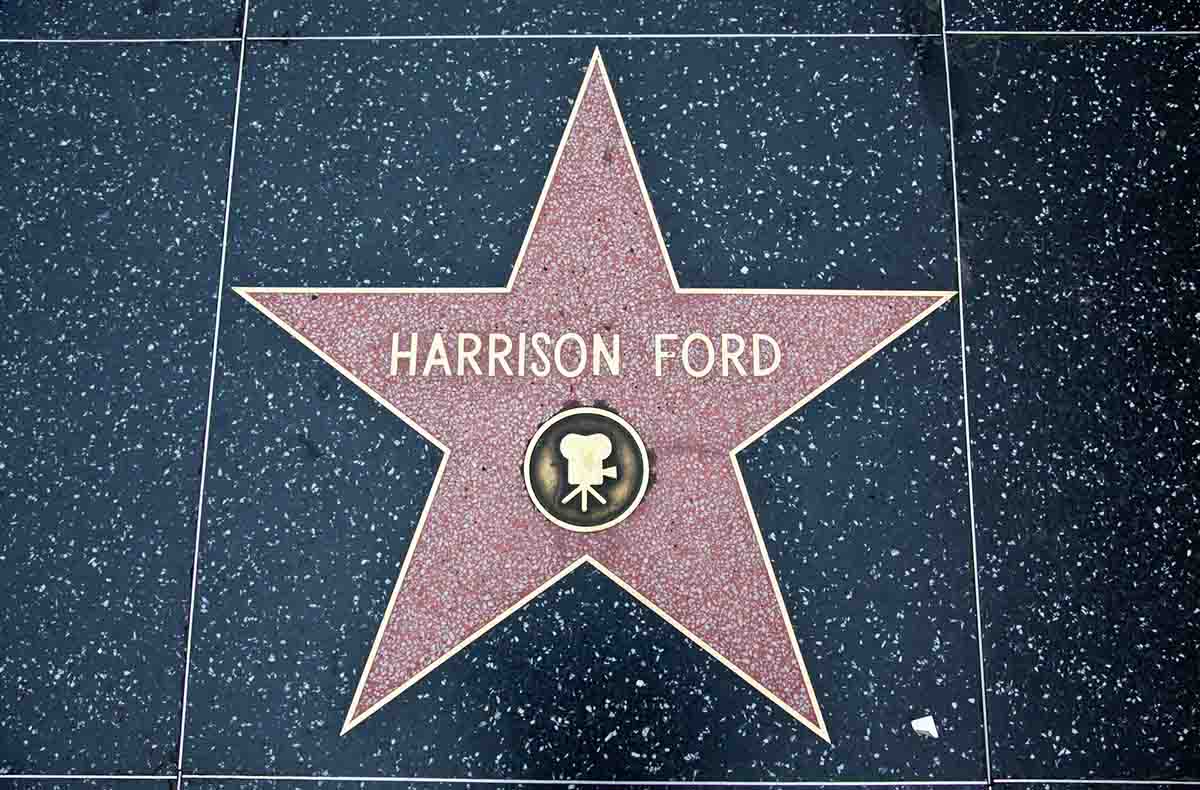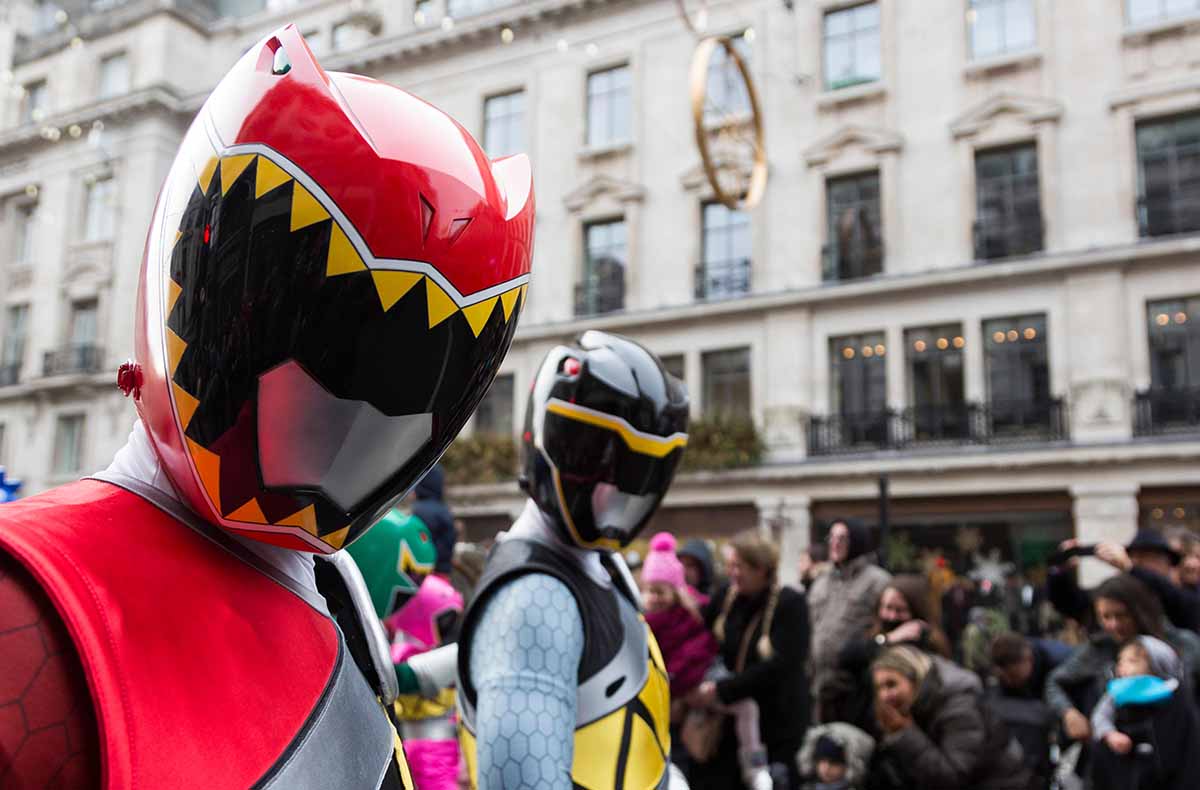
It’s harder than ever for advertisers to reach consumers through TV commercials, now that traditional ads can be skipped or muted with one click of the remote and ad-free streaming is becoming the norm. As a result, spending on conventional TV ads has nosedived. It’s no wonder, especially as a recent survey from Wattpad shows 45 percent of Gen Z never watch traditional television.
But brands have found a way around the problem: weaving their products into storylines of shows is an increasingly popular way to place them in front of viewers and to keep TV stations afloat financially. Reality TV is the most popular outlet for such integration, and around the world, reality shows have rapidly become showcases for brands. Such placements are often as subtle as a sledgehammer—the Australian version of Survivor saw starving contestants competing for a bucket of Kentucky Fried Chicken, with the winner asking: “Is this finger lickin’ good or what?”
But the approach is undoubtedly effective: studies have shown this form of advertising works by increasing consumer awareness and sales of products seen on reality TV. On the Chinese series, Rap of China, contestants face off in rap battles where they rap about products which sponsor the show, including the app for search engine Baidu. And on British TV, product placement has flourished ever since regulator Ofcom first allowed it back in 2011. Today, UK viewers can watch Love Island contestants deliberately shown on camera using the styling products which make them so desirable—whether it’s Superdrug sunscreen or Dyson hair dryers—and fans can go on the reality show’s app and buy products featured on the series.
America was the birthplace of such rampant commercialism and e-commerce. As far back as the early days of television, such as when Ronald Reagan hosted the General Electric Theater, the costs of shows were underwritten by sponsors. The practice has continued right up to recent years when another future President, Donald Trump, hosted the US version of The Apprentice and turned the show into a marketing platform for whichever brand sponsored that episode’s business challenge of the week. Other early 21st century reality shows doing tie-ins with brands include weight loss show The Biggest Loser’s partnerships with Subway and 24-Hour Fitness, and the American Idol judges sipping from Coca-Cola cups on their desk.
Most dramas, soaps and sitcoms have largely steered clear of weaving products into storylines to any great extent for fear that going too far will lead viewers to turn off in droves. The Writers Guild of America began to lobby against the phenomenon back in 2007, following audience outrage over episodes of family drama 7th Heaven, where the characters repeatedly gushed about Oreos and a character even proposed to his girlfriend by handing her one of the cookies. While research shows product placement on scripted television can be effective, it requires a much lighter touch, as it smacks of inauthenticity. TV viewers seem less accepting of such tactics in fictional settings if not handled artfully, but appear open to the strategy in reality shows.
It may be shameless but it works. A Reality TV Insights survey showed that while 64 percent of viewers think there is too much product placement on such shows, 94 percent of them claim their purchase decisions have been influenced by the exposure, and 60 percent said they had bought a product after watching an episode in which it was featured.
Nothing stands still in television and brands are now looking to cash in further on such impressive numbers—by creating their own shows. L’Oreal has led the way by producing its own TV series, a haircare show called Run Le Hair Show, which the company is hoping streaming platforms or commercial broadcasters will air following its debut on YouTube. Meanwhile, Pepsi and Nike have also been considering the viability of becoming show creators themselves for a similar goal—to showcase their products. These ideas are the next stage in the TV advertising revolution that was kickstarted a decade ago by the comedy web series Dating Rules For My Future Self, in which the lead character drove a Ford Focus, applied Revlon cosmetics and featured various other sponsor products as part of the storyline.
Advertising is always evolving, but if companies can go from placing ads on TV to producing content for the masses themselves, it will be one of the most impactful and lucrative changes ever seen. But one thing is for sure—there is no going back to commercial breaks on TV as the only option. Oh, and in case you’re wondering, no brands paid for placement in this article. Although, come to think of it, that might have been a good idea…



